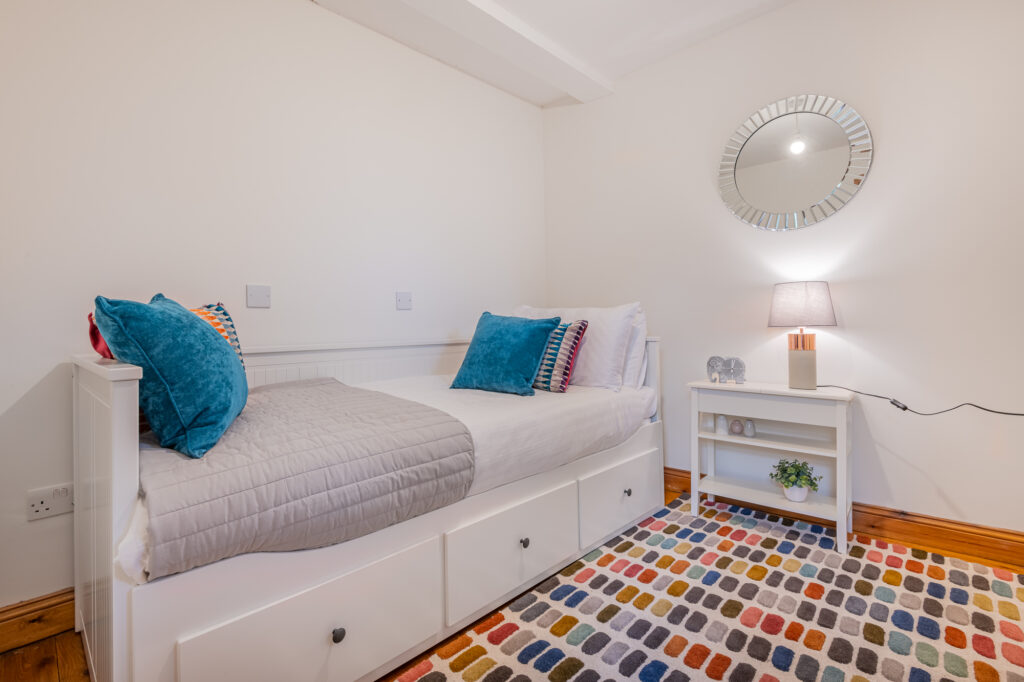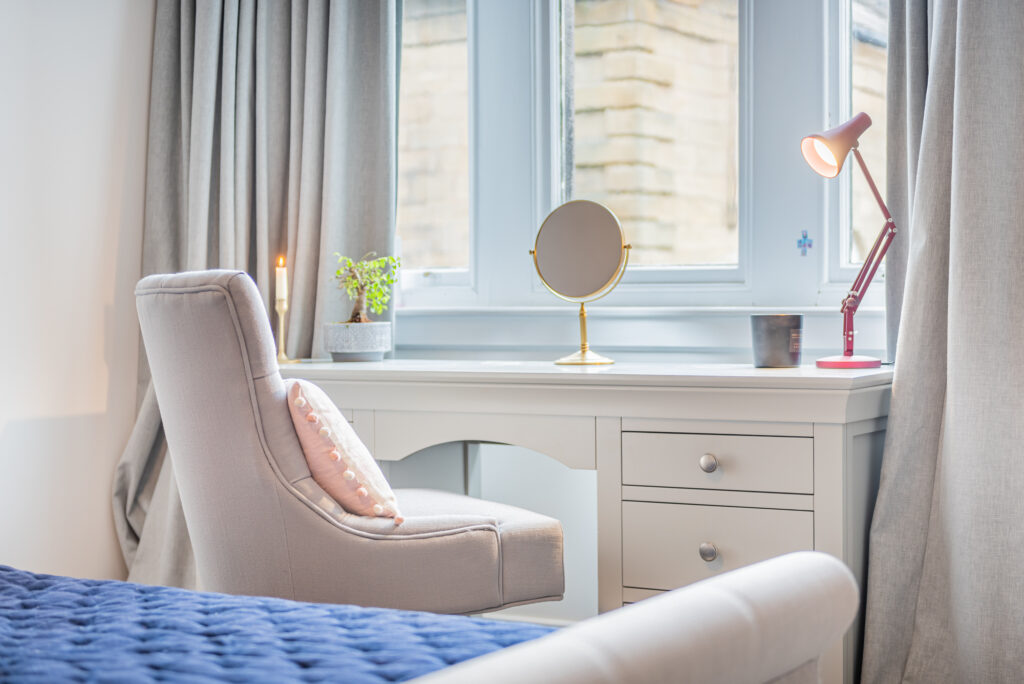As a landlord, you might own your property outright or you may have a buy to let mortgage. If you do currently have borrowing, that could be because you didn’t have enough capital available to buy without a mortgage, or perhaps you chose to leverage your investment to improve returns.
Whatever your position – whether you have a mortgage at the moment or not – it’s a good idea to look at your financing options every year or two. There are new mortgage products being launched onto the market all the time, and your own investment plans or personal situation may change over time, so periodical reviews will help you make sure your property is always financed in the right way – for you.
So, when was the last time you either considered your options or remortgaged? If it’s been a while, then it’s certainly worth reviewing things now.

There are a number of different ways you can benefit from remortgaging, some of which you might not have thought about before, and there are also things you need to consider carefully. So here’s our remortgaging round-up, starting with the benefits.
Increase your return on investment (ROI)
If you own your rental property outright and its value increases by 10%, that’s a straightforward 10% return on your invested capital. But let’s say you take out a 50% mortgage and use your own money for the other 50%; now when the value increases by 10%, it’s a 20% return on your investment. And if you took a 75% mortgage and put down just 25% in deposit funds, that same increase in value would be a 40% return.
Obviously, you have to factor in the cost of borrowing and the monthly repayments, but it may be well worth thinking about taking advantage of mortgage finance to increase your returns.

Expand your investment portfolio
If you take on more mortgage borrowing, you can use the equity you release from one property to invest into another. That means you can expand your property portfolio at potentially no extra personal cost, and many landlords find they’re able to significantly increase their return on investment using this method.
For example, if you have £120,000 to invest, you could buy one property worth £120,000 outright. But you could also divide that £120,000 between three properties, all worth £160,000, putting down a 25% deposit on each. Again, this is a simplified example and there will be additional costs to consider – for financing and getting the properties ready to rent – but it gives you an idea of how you could make your money go further.

Use equity to pay for improvements
Remortgaging can be very useful and worthwhile if you need or want to make improvements to a property. Mortgages are one of the cheapest forms of borrowing, so if you don’t have a lot of free capital to pay for renovations and refurbishment, it can be well worth releasing equity to cover the cost of the work. And if the improvements you make result in the capital value of the property increasing by more than you’ve spent, you’ve immediately made your money back!
It’s also worth getting some advice from local letting agents about what tenants are currently looking for before you finalise your plans. If you can improve the property so that it offers what’s most in demand – especially if it’s also in short supply – your rental will rise to the top of many tenants’ wish lists. Then you may be able to charge a higher monthly rent, increasing your ongoing profits on top of the capital gain.
For more advice and ideas on improving your rental property, read our blog, ‘How to present your rental property to attract the perfect tenant’.

Release some money to enjoy!
When a property is your own home, not having a mortgage can give you great peace of mind that the roof over your head is all yours. But when it’s an investment – particularly if the rental income covers the costs with extra profit on top – do you need to have so much capital tied up in it?
It’s certainly sensible to keep your borrowing at a level where the rent covers the repayments, but if you’ve owned the property for a number of years and it’s gone up in value, why not remortgage and release some of the equity to supplement your lifestyle? You could take a holiday, buy the car you’ve always wanted, treat a friend or family member – even just put it in the bank so you can splash out here and there.

Secure a better interest rate
Finally, even if you don’t want or need to release any equity, it might still be worth remortgaging if you can move to a product with a better interest rate and perhaps better terms, to lower your monthly payments.
While remortgaging certainly has its upsides, here are four key things to consider before you commit to moving ahead:
- Maximum loan to value for ‘portfolio landlords’
If you have four or more buy to let properties, you’re classed as a ‘portfolio landlord’. As such, although you might be able to access mortgages at 80% or even 85% loan to value, the total borrowing across your portfolio of properties can’t be greater than 75%.
- Be aware of the cost of the extra borrowing
Generally speaking, if you increase your borrowing, your monthly repayments will go up, so make sure you calculate how that will affect your cash flow. On the other hand, if you can secure a lower interest rate with your new deal and you’re not releasing a huge amount of equity, there may not be much difference in cost.
- Work out which type of rate is most suitable
When you’re looking at mortgage deals, as well as the interest rate, you need to consider the type of mortgage and any tie-in periods. For instance, a variable or tracker mortgage might have a slightly lower interest rate, but it may suit you better to have a fixed rate so you can be sure of your costs over the next few years.
- Benefits of using a broker
You may have a great relationship with your bank or current lender, but if you want to make sure you’re getting the best possible mortgage deal, you really need to be able to look at every product that’s available, not just what one lender is offering. It may be worth consulting with an independent broker who specialises in buy to let, who should have access to the entire market and will be able to advise on which is likely to be the right mortgage for you. They also know how to complete an application so it has the best chance of being approved as quickly as possible.
A good broker will stay in touch with you and let you know when it might be time to switch products. And because they’re specialists, they’ll be able to guide you quickly through any changes in the market so you don’t have to spend hours of your own time trying to calculate the pros and cons of one rate versus another.

Before you make any investment decision, it’s highly advisable to talk things over with a financial advisor, who can make sure you understand the risks as well as the benefits and help you decide on the best route forward. At Northwood we’re always happy to recommend financial professionals who can discuss refinancing options for your property or portfolio. And if you’d like to find out more about current tenant demand and trends in your local lettings market, we’re here to help. Call us any time on 01179 635777 or email bristol@northwooduk.com, and one of the team will get right back to you.







